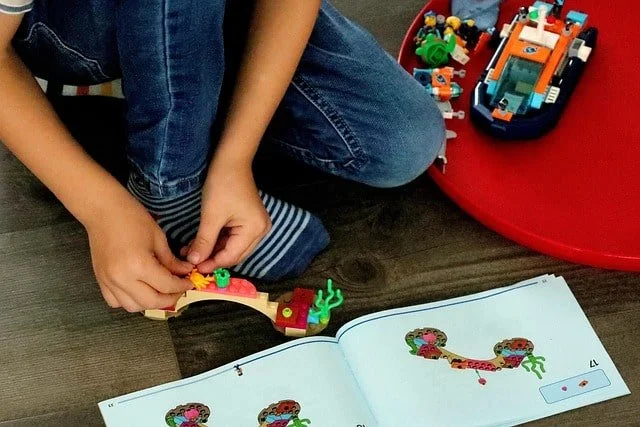Directive vs. Non-Directive Play Therapy: What's the Difference?
While verbal processing comes naturally to most adults, children often express their deepest concerns, fears, and experiences through the universal language of play. This fundamental difference led to the development of play therapy nearly a century ago, recognizing that effective therapeutic work with children requires approaches specifically designed for their developmental needs.
Within the broad field of play therapy, two primary methodological approaches exist: directive and non-directive play therapy. Understanding the distinction between these approaches and knowing when to apply each can significantly impact therapeutic outcomes.
Understanding Non-Directive Play Therapy
In non-directive play therapy, also known as child-centered play therapy, the child takes the lead in determining the direction and content of each session. The therapist assumes a flexible, following role, allowing the child's natural play patterns to reveal what is troubling them.
The therapist in non-directive sessions doesn't set predetermined parameters or attempt to guide the child toward specific topics. Instead, as children act out scenarios, create stories, or engage with toys, they naturally provide therapeutic "ins" that the counselor can track and follow. This approach honors the child's innate wisdom about their own healing process and creates space for organic revelation of concerns.
Critically, in true non-directive or child-centered therapy, the therapist refrains from interjecting therapeutic interventions, instead maintaining a stance of unconditional positive regard and reflective responding that validates the child's experience and emotions as they emerge through play.
Understanding Directive Play Therapy
Directive play therapy operates from a more structured, goal-oriented framework. In this approach, the therapist enters sessions with specific interventions and objectives in mind, actively guiding the therapeutic process toward predetermined outcomes.
Therapists using directive methods often select toys and activities in advance, choosing materials that will facilitate discussion of specific issues or problems. They initiate play situations purposefully designed to lead children toward processing specific concerns, whether related to trauma, behavioral issues, family dynamics, or other presenting problems.
This approach can be particularly effective when working with specific diagnoses or when therapeutic goals are clearly defined and time is limited.
Therapeutic Applications and Similarities
Despite their methodological differences, both directive and non-directive play therapy can effectively address the same range of childhood concerns. Anxiety, ADHD, depression, divorce-related stress, bullying trauma, and learning difficulties all respond to both approaches when skillfully applied.
Regardless of the chosen methodology, both approaches rely on the fundamental understanding that play is children's natural medium for learning, processing, and healing. This shared foundation—the recognition of play's transformative power—remains constant across all effective play therapy interventions.
When to Choose Non-Directive Approaches in Schools
Non-directive techniques prove particularly beneficial when counselors are uncertain about the root causes of a child's difficulties, when children resist therapeutic direction, or when significant control issues are present. Many therapists find non-directive methods invaluable for establishing rapport with children who are "hard-to-reach," as they may be defensive or reluctant to engage.
The assessment value of non-directive play cannot be overstated. When children control the direction of play, they often reveal concerns, family dynamics, or experiences that might never emerge through direct questioning or structured activities.
Can You Combine Both Approaches?
When implementing combined approaches, clear communication with the child is essential to prevent confusion and maintain the therapeutic relationship. Ideally, different physical spaces would be used for each approach; however, when space is limited, verbal transitions become crucial.
Effective transition language might include: "For the first part of today, YOU may select the toys and how you'd like to play with them; in the last part of today, I will select the activities." When shifting from non-directive to directive work, providing closure is essential. For example, "Laura, you have one more minute left in your playtime before I select an activity for us," followed by a clear indication of the transition: "Now we're going to do something I've selected."
Whether following the child's lead or providing structured guidance, the goal remains constant: creating safe spaces where children can heal, grow, and thrive through the natural power of play. Reach out to learn more about counseling for children.

